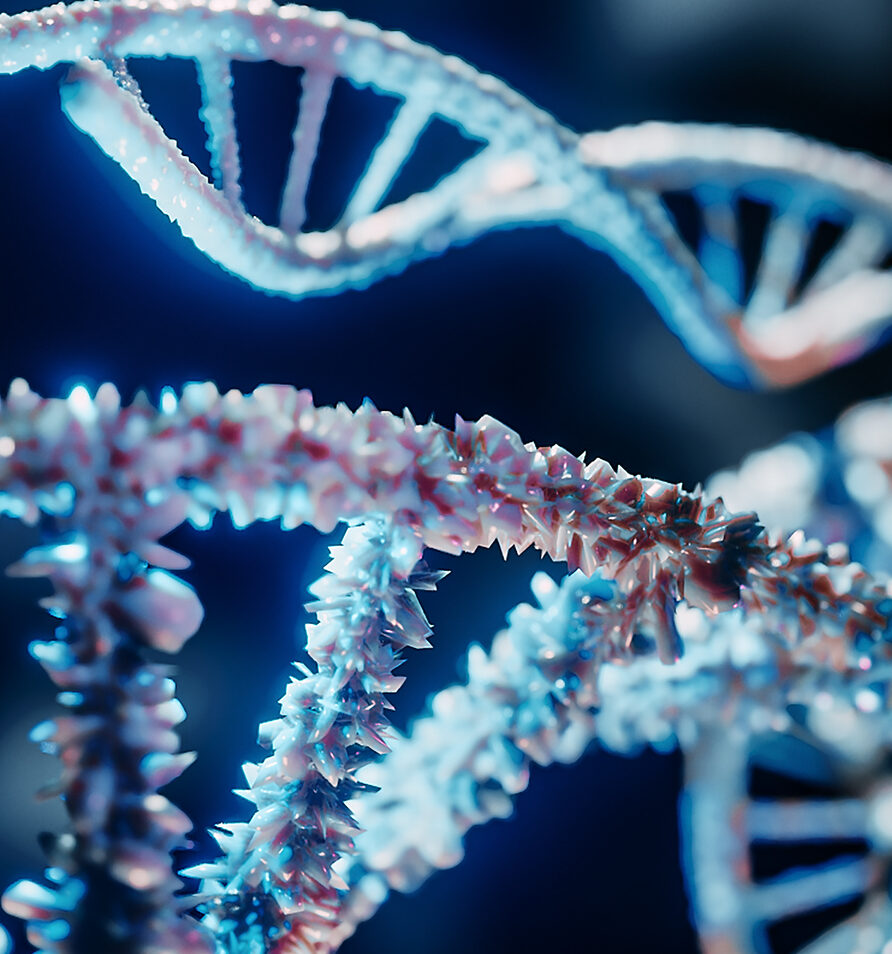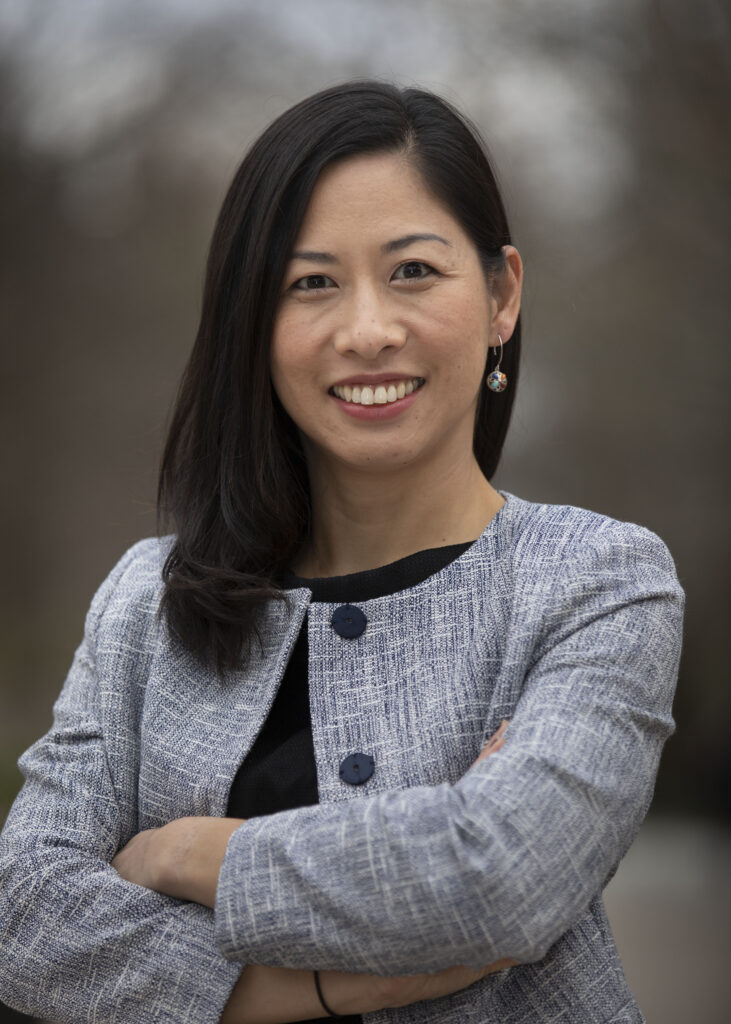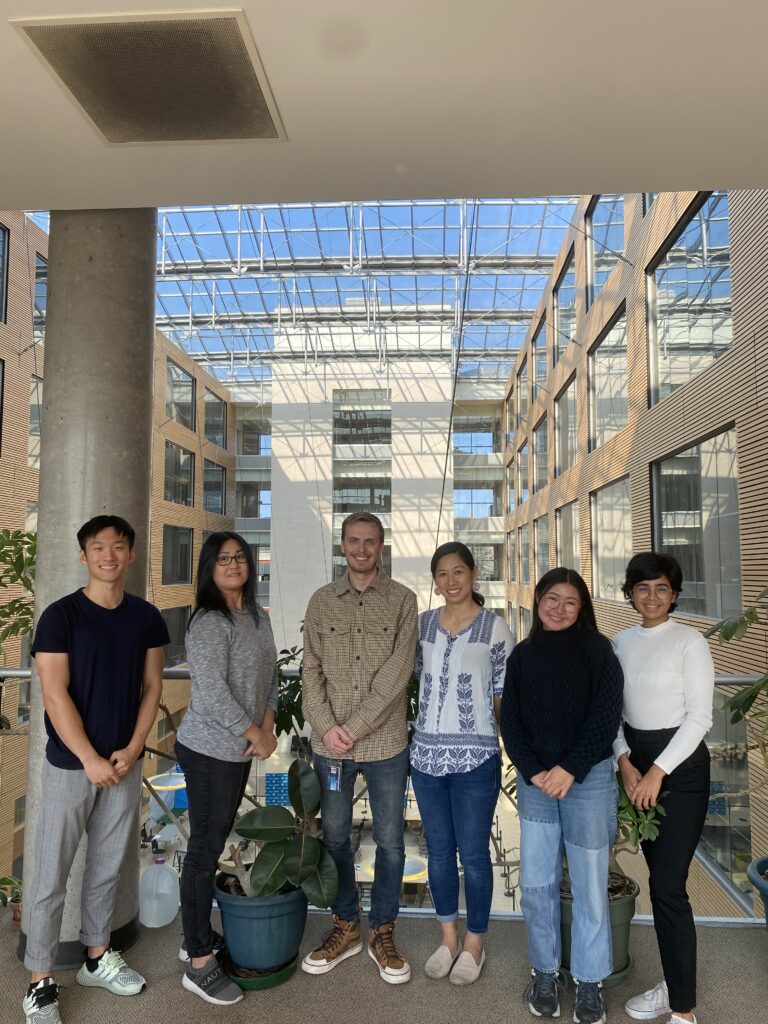Dr. Maria Tokuyama lights up when she talks about her work. “One thing that I really like about science is that there's always more to be learned,” she says. “You never get bored of it.”
As an assistant professor at the University of British Columbia, Tokuyama studies the complicated interactions between viruses and the immune system.
When some types of viruses, such as HIV, infect a host cell, they have the amazing ability to insert a slice of their own genetic material into the hosts’ DNA. These snippets of viral DNA are then replicated and passed through generations.
With this process happening over millennia, scientists estimate that humans have accumulated up to 8% of our genome from these viral insertions—four times more than DNA that codes for protein.
This chunk of DNA that comes from viruses is called the human virome, and Tokuyama is dedicated to understanding how viruses affect the immune system and immunological diseases.
By gaining a better understanding of the complicated interactions, Tokuyama hopes to develop therapies for autoimmune diseases such as lupus or multiple sclerosis.


